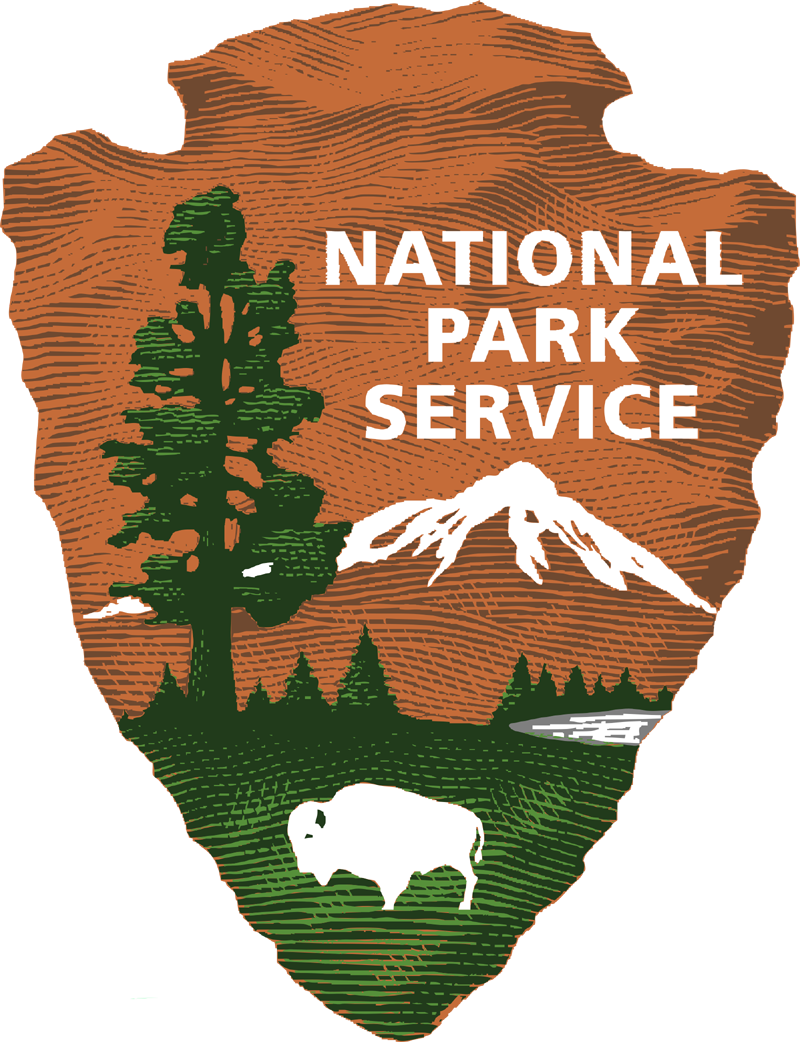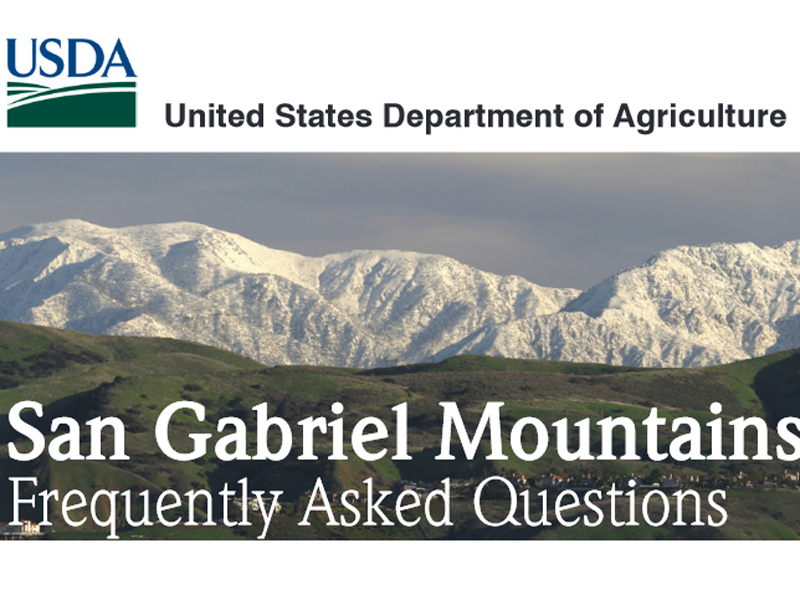|
|
About the Antiquities Act of 1906
National Park Service | (2014)
|
The Act grew out of concerns that developed over the course of the last quarter of the 19th century for the preservation of America's archeological sites and the artifacts and information that they contained. National and regional educators and scientists, including those involved in the developing profession of archeology, joined together in a movement to safeguard sites on public lands being endangered by haphazard digging and purposeful, commercial artifact looting. After a generation-long effort, on June 8, 1906, President Theodore Roosevelt signed the Antiquities Act into law, thus establishing the first general legal protection of cultural and natural resources in the United States. The Act set important precedents, including the assertion of a broad public interest in archeology on public lands, as well as support for the care and management of archeological sites, collections, and information. The act linked the protection of sites and their appropriate, scientific excavation with public programs to care for and provide public interpretation of artifact collections and information from the study of a site and its contents. (Read more about the Antiquities Act of 1906 and find a link to the act itself.) The Antiquities Act stands as an important achievement in the progress of conservation and preservation efforts in the United States. Its effects are still felt. The Act created the basis for the federal government's efforts to protect archeological sites from looting and vandalism. It provided a foundation of public policy from which more specific public attention to and preservation of historic places and structures, cultural landscapes, and other cultural resources developed during the course of the 20th century. Today, many different organizations cooperate in diverse partnerships, including governments at the Federal, state, tribal and local levels; professional and scholarly groups; and communities. In shaping public policy to protect a broad array of cultural and natural resources, the impact of the Antiquities Act is unmatched.
Text of the American Antiquities Act of 1906
16 USC 431-433 Be it enacted by the Senate and House of Representatives of the United States of America in Congress assembled, That any person who shall appropriate, excavate, injure, or destroy any historic or prehistoric ruin or monument, or any object of antiquity, situated on lands owned or controlled by the Government of the United States, without the permission of the Secretary of the Department of the Government having jurisdiction over the lands on which said antiquities are situated, shall, upon conviction, be fined in a sum of not more than five hundred dollars or be imprisoned for a period of not more than ninety days, or shall suffer both fine and imprisonment, in the discretion of the court. Sec. 2. That the President of the United States is hereby authorized, in his discretion, to declare by public proclamation historic landmarks, historic and prehistoric structures, and other objects of historic or scientific interest that are situated upon the lands owned or controlled by the Government of the United States to be national monuments, and may reserve as a part thereof parcels of land, the limits of which in all cases shall be confined to the smallest area compatible with proper care and management of the objects to be protected: Provided, That when such objects are situated upon a tract covered by a bona fied unperfected claim or held in private ownership, the tract, or so much thereof as may be necessary for the proper care and management of the object, may be relinquished to the Government, and the Secretary of the Interior is hereby authorized to accept the relinquishment of such tracts in behalf of the Government of the United States. Sec. 3. That permits for the examination of ruins, the excavation of archaeological sites, and the gathering of objects of antiquity upon the lands under their respective jurisdictions may be granted by the Secretaries of the Interior, Agriculture, and War to institutions which the may deem properly qualified to conduct such examination, excavation, or gathering, subject to such rules and regulation as they may prescribe: Provided, That the examinations, excavations, and gatherings are undertaken for the benefit of reputable museums, universities, colleges, or other recognized scientific or educational institutions, with a view to increasing the knowledge of such objects, and that the gatherings shall be made for permanent preservation in public museums. Sec. 4. That the Secretaries of the Departments aforesaid shall make and publish from time to time uniform rules and regulations for the purpose of carrying out the provisions of this Act. Approved, June 8, 1906
|
List: Ranger Stations & Fire Stations
Brief History of Angeles Natl Forest
Map: San Gabriel Mtns Nat Monument 2014
SCV Area Map 2014
FAQ: San Gabriel Mtns Nat Monument 2014
Video: Monument Signing Ceremony 2014
New Signage 2/18/2015
The Stories of Monarch and Pinto
Mining & Ranching in Soledad Canyon & Antelope Valley (Earle 2003)
Black Cat Mine
1967: Forest Turns 75
(Newhall Ranger Station 1923)
Newhall Ranger Station 1950s
District Map 1953
Cultural Resources: Verizon Facility, Mt. Baldy
Film: The Big Bus 1976
|
The site owner makes no assertions as to ownership of any original copyrights to digitized images. However, these images are intended for Personal or Research use only. Any other kind of use, including but not limited to commercial or scholarly publication in any medium or format, public exhibition, or use online or in a web site, may be subject to additional restrictions including but not limited to the copyrights held by parties other than the site owner. USERS ARE SOLELY RESPONSIBLE for determining the existence of such rights and for obtaining any permissions and/or paying associated fees necessary for the proposed use.














